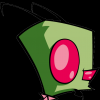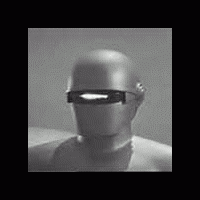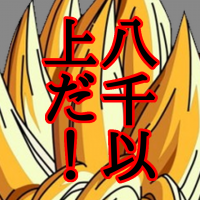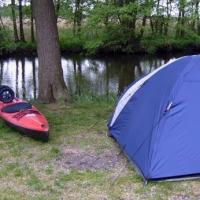Pesan: 10
Bahasa: English
jacobpayne (Tunjukkan profil) 28 September 2016 07.45.57
Any tips on how to roll the R without running out of breath? Do I simply not roll it?
opalo (Tunjukkan profil) 28 September 2016 12.25.25
It is recommended to trill the R slightly, but you don't actually have to. In the original English-language grammar, it just says
Rr as in rarehttp://www.akademio-de-esperanto.org/fundamento/gr...
bartlett22183 (Tunjukkan profil) 29 September 2016 18.19.55
This also brings up, for me, the matter of how an international language is to be pronounced and used by adult learners and users from around the world with widely different enunciation habits. (Of course, small children in immersion environments can learn almost any pronunciation.)
Mustelvulpo (Tunjukkan profil) 29 September 2016 20.50.05
RiotNrrd (Tunjukkan profil) 29 September 2016 21.53.44
Shoot for it, but if you miss it it isn't the end of the world. Many people cannot trill or roll their R's at all, but that should not prevent them from learning\using Esperanto.
nornen (Tunjukkan profil) 30 September 2016 00.06.03
If you really want to learn how to pronounce an alveolar trill, I can share my experiences of teaching Spanish to US-Americans:
Step 1: Learn how to do a flap. Most US-Americans already have this sound in their inventory, e.g. the "d" in the word "edit". If not, start out with a "d" and then speed it up and minimize the contact between tongue and alveolar ridge. Every single one of my students did manage this; some sooner, some later, but all at some point.
Step 2: Pronounce rhotic + dental, like Spanish "arte". Start with the flap you already learned and say it harder and harder and more angrily and angrily. At some point the flap will turn into a trill [aɾte] -> [arte]. The "t" behind it helps in the progress because it keeps the tongue in the right place.
Step 3: This is the most difficult part. Learn how to trill without the trailing dental. Start between vowels like in Spanish "perro", then word-final like in Spanish "amar", and last word-initial like in Spanish "rojo".
Mustelvulvo:Focus on the trill alone. It naturally has an r sound. Don't try to pronounce the r at the same time- that will tie your tongue in knots.This is of paramount importance. When you try to learn how to pronounce a trill, DO NOT think about an English R. Don't think that the trill is some variation of the English approximant [ɻ]. They are not related at all. Stop thinking about R. Think about a completely new sound and do not relate it in any way to the sound represented in English by the letter "r". Think about "D", not about "R". Do not limit the airflow through your throat.
Kojotulo (Tunjukkan profil) 30 September 2016 17.33.45
lagtendisto (Tunjukkan profil) 30 September 2016 23.29.40
Pesan telah disembunyikan.
Vestitor (Tunjukkan profil) 1 Oktober 2016 00.08.51
Kojotulo:I have had nothing but trouble with the trill. I finally gave up trying to roll those "r" sounds. What changed it for me, was when I read (I don't remember where) to pronounce the "r" sound like the Scottish. More of a flap, I guess. That seems to work for me just fine.As far as I'm concerned the 'r' in Scots English is trilled. Not like in a Verdi opera mind, but it is trilled.
jacobpayne (Tunjukkan profil) 1 Oktober 2016 17.14.14
I figured since Esperanto only has one R it wouldn't be a problem if I didn't, but I do kinda do want to get the sounds right haha.
I'll just keep practicing a trilled r so that I don't run out of breath trying so hard.









